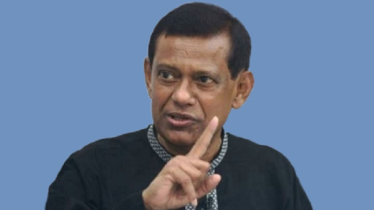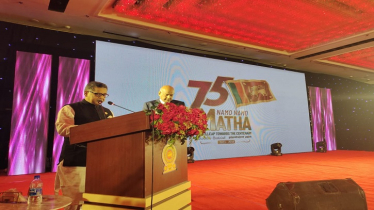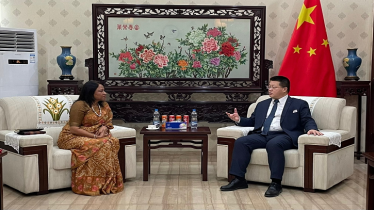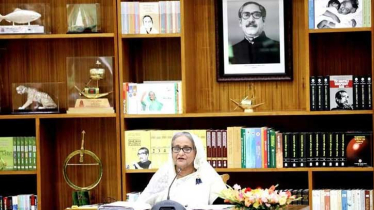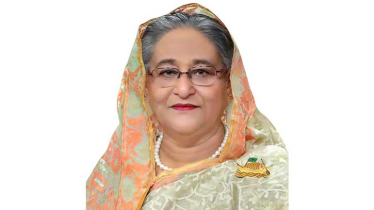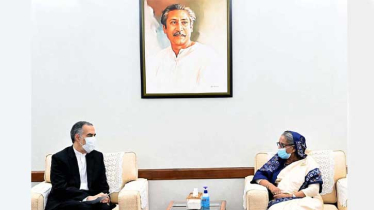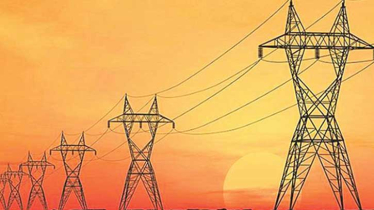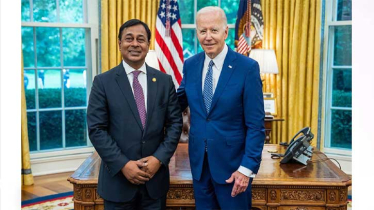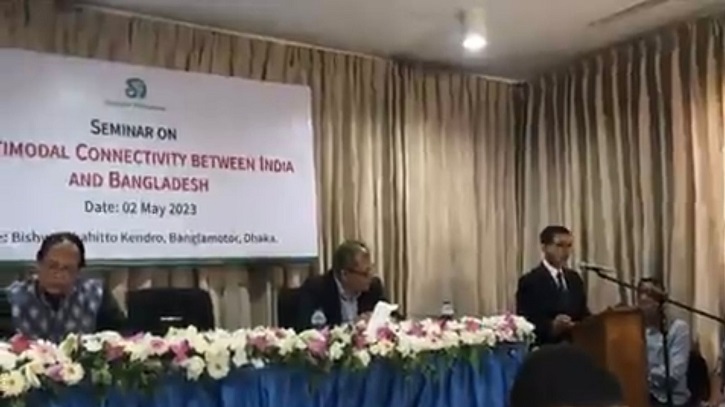
Pranay Verma stresses on seamless Indo-Bangla economic connectivity
High Commissioner of India to Bangladesh Pranay Verma has emphasised the long-term significance of connectivity in facilitating closer economic, cultural, and people-to-people ties between Bangladesh and India.
He said: "Raising the scope and quality of connectivity is a common aspiration, as well as a driver of India’s growing partnership with Bangladesh."
He said this while delivering the keynote address at a seminar in Dhaka on Tuesday.
High Commissioner Verma pointed out that the future links between the two countries would be shaped by multimodal connectivity, including through road and rail, inland waterways, coastal shipping, as well as energy and digital connectivity.
Verma also highlighted that in the last five years, bilateral trade has more than doubled, and Bangladesh's exports to India have now touched nearly USD 2 billion, with India emerging as the largest export market for Bangladesh in Asia.
Mentioning about the key position occupied by the issue of connectivity at the highest policy making levels of both the countries, the High Commissioner said that there was a strong political will to transform the connectivity landscape between the two countries.
He said Bangladesh sits on the cusp of India’s Act East Policy and Neighbourhood first policy for both of which connectivity is the core element.
Expanding upon the initiatives launched over the last few years to improve connectivity between the two countries, High Commissioner Pranay Verma said that five of the 7 pre-1965 railway lines have become operational with 3 pairs of trains running between the two countries apart from regular movement of goods trains and containers. Cross border buses operate on 5 routes connecting Bangladesh to Tripura, West Bengal, Assam and Meghalaya.
Several new infrastructure projects have been taken up like the Maitri Setu connecting Sabroom in Tripura to Ramgarh in Bangladesh , railway siding at Benapole, a number of railway projects, implementation of Ashuganj Akhaura and Ramgarh-Bariarhat road projects among others.
Verma said that approximately 40-45 percent of bilateral trade between India and Bangladesh is carried out through 36 functioning Land Customs Stations (LCS) out of which 4 have been upgraded to Integrated Checkposts (ICPs).
Another ICP is going to be inaugurated soon at Dawki across Tamabil on Bangladesh-Meghalaya border. Infrastructure at the ICPs is being improved massively to facilitate movement of goods and people, said the High Commissioner.
He stressed upon the need to increase the number of landports between the two countries with fewer trade restrictions to increase the economic potential of the LCS.
Calling the Multimodal connectivity as the future of connectivity between the two countries, High Commissioner Pranay Verma referred to the opening of the Mongla and Chattogram ports for transhipment of goods to and from Northeastern states to the rest of India as an important step.
He said India has opened the transit facility for Bangladesh to export its products to third countries through specified LCS, airports and seaports in India. As a step in this direction, Delhi and Kolkata airports have been opened as transhipment hubs for Bangladesh.
High Commissioner Pranay Verma also underlined the importance of energy and digital connectivity among others. He said that the India-Bangladesh Maitree pipeline was an example of energy connectivity.
The pipeline can carry 1 million tonnes of High Speed Diesel (HSD) to Bangladesh with minimum carbon footprint and at a lower cost. He said that the proposed 765 KV cross border electricity interconnection between Katihar in India and Parbatipur in Bangladesh onwards to Barnagar in India has the potential to revolutionise the regional electricity trade. The project can be a starting point to develop a synchronous and robust grid interconnection in the sub region, said Verma.
The High Commissioner noted that as Bangladesh moves forward to make an important economic graduation to become a developing country in 2026, the negotiations for a Comprehensive Economic Partnership Agreement (CEPA) between India and Bangladesh would create a new institutional framework for leveraging the economic opportunities emanating from the transforming economies of both the countries.
//M//


